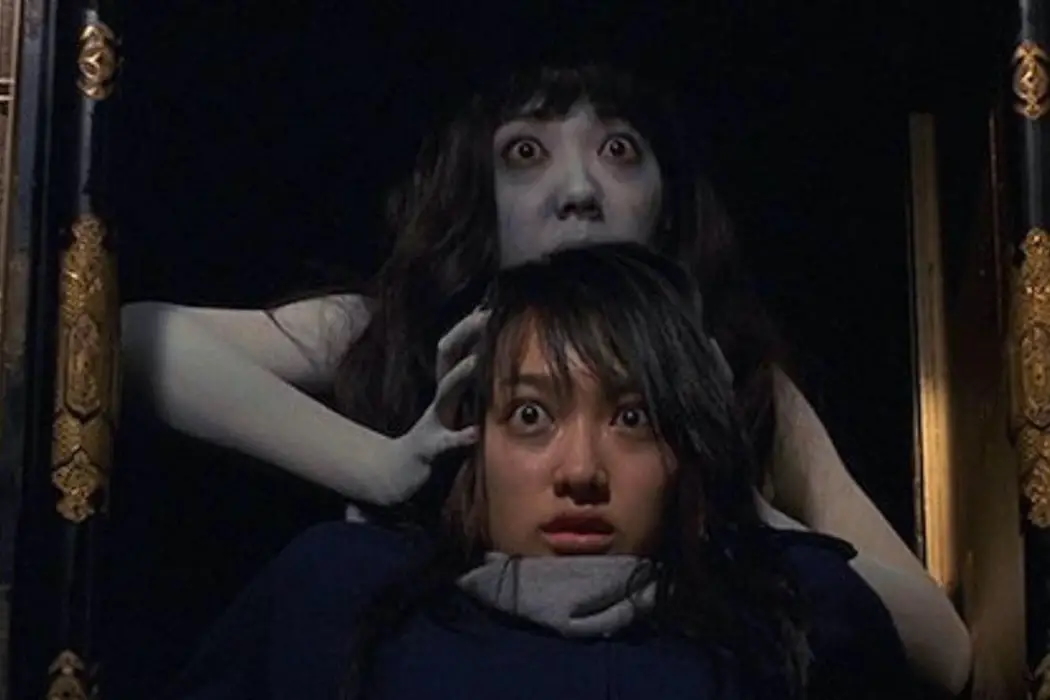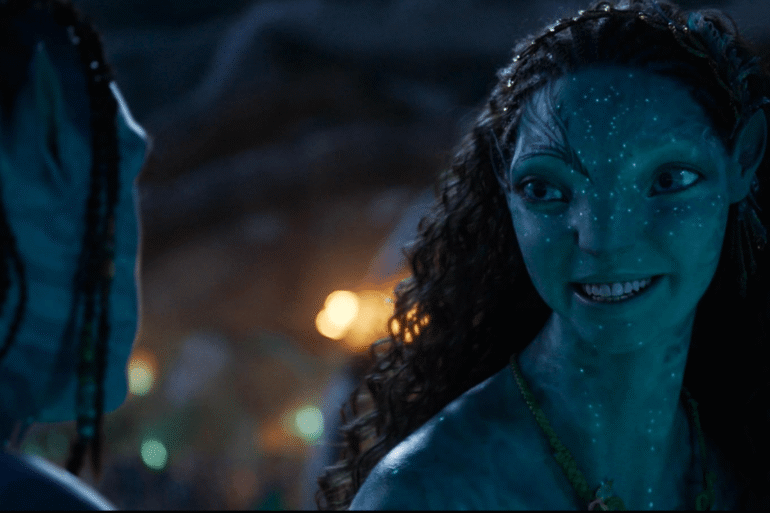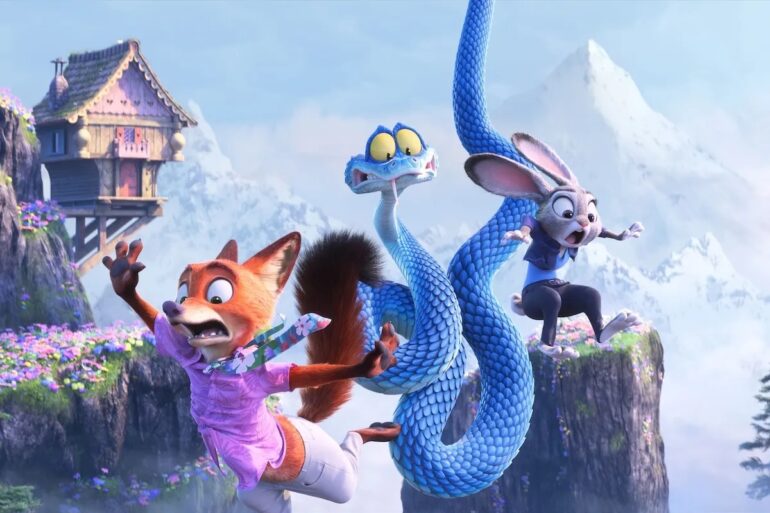Asian horror has always been more unsettling. It doesn’t shout—it whispers. It lingers in corners, behind curtains, and in the folds of memory long after the credits roll.
Where Western horror often thrives on spectacle and shock, Asian horror feeds on restrained atmosphere—on guilt, grief, and the supernatural woven seamlessly into everyday life. From the tatami mats of Tokyo to the rain-soaked villages of Indonesia, these films reveal that horror isn’t just about what’s seen—it’s about what’s believed. Most of all, it hits far closer to home.
Below is a definitive list of the 10 scariest Asian horror films of all time, each one a landmark in its country’s cinema and a chilling testament to how fear can be both universal and deeply cultural.
10. Incantation (Taiwan, 2022)
Director: Kevin Ko
The look: Digital mysticism, ritual symbols, and livestream terror.
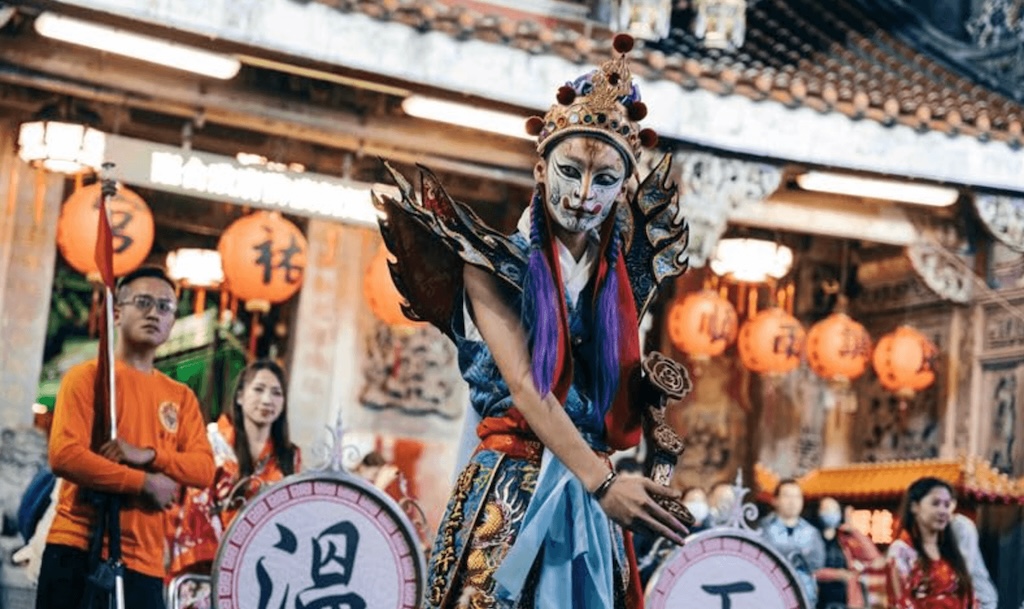
The first Taiwanese found-footage horror to go global, Incantation involves the viewer directly in the curse. Ancient chants meet modern media. It unfolds as a chilling found-footage nightmare centered on Ronan, a mother fighting to save her daughter, Dodo, from a curse she unwittingly unleashed years earlier.
As a young woman, Ronan and her friends trespassed into a forbidden Taiwanese ritual site, triggering a series of horrific events that claimed lives and marked her unborn child. Years later, when the curse begins to consume Dodo, Ronan turns to the camera—and to us—for help. She asks the audience to join her in reciting a supposed protective chant, only to reveal that the “blessing” is itself a curse, its power diffused by every new participant.
Inspired by a real-life case of mass hysteria in Taiwan involving a family tragedy and claims of possession, Incantationblurs the line between faith, fear, and complicity—making the viewer both witness and victim in its terrifying ritual.
Why it terrifies: Because it makes you part of the ritual—the curse doesn’t end when the credits roll.
9. Satan’s Slaves (Indonesia, 2017)
Director: Joko Anwar
The look: Indonesian gothic, black lace, damp earth, candle smoke.
The 2017 film Satan’s Slaves (Pengabdi Setan), written and directed by Joko Anwar, is a chilling reimagining of the 1980 Indonesian classic. Set in rural Indonesia during the early 1980s, the story follows a struggling family haunted by the death of their matriarch, a once-famous singer who had been bedridden by a mysterious illness.
After her passing, strange occurrences begin to plague the household—bells ring in the night, whispers echo through hallways, and the dead seem unwilling to stay buried. As her children search for answers, they uncover a horrifying truth: their mother’s illness was tied to a pact with a satanic cult that promised her fame and fertility in exchange for her firstborn child.
What begins as a tale of grief and poverty spirals into full-blown supernatural terror, as the family faces the unholy debt their mother left behind—and the demonic forces coming to collect.
Why it terrifies: Because love doesn’t always rest in peace.
8. Shutter (Thailand, 2004)
Director: Banjong Pisanthanakun and Parkpoom Wongpoom
The look: Vintage photography. Sepia, blur, guilt.
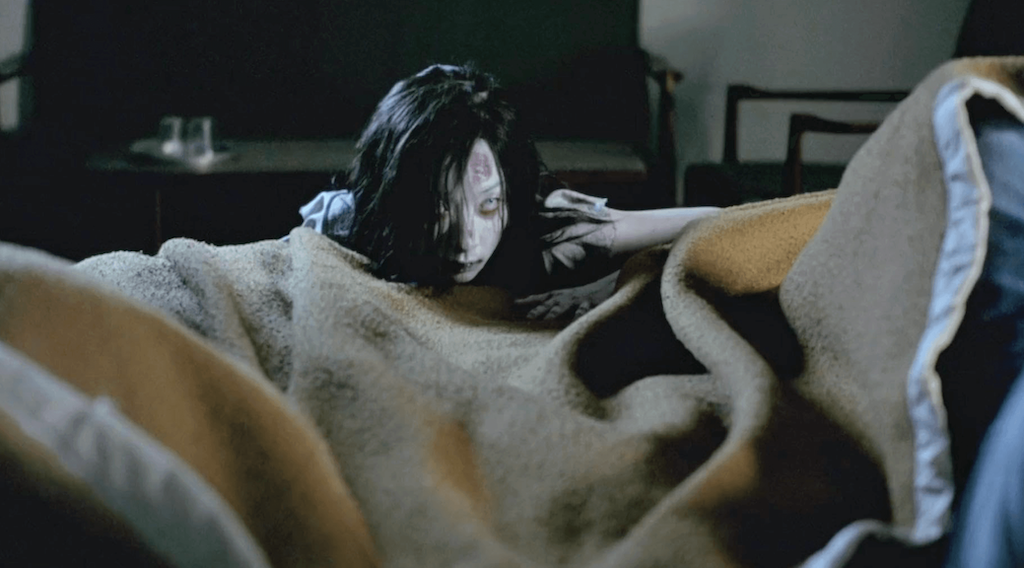
The story follows Tun, a young photographer, and his girlfriend Jane, who accidentally hit a woman while driving home one night and flee the scene. Soon after, Tun begins noticing ghostly figures appearing in his photographs and suffering from intense neck pain. As the couple investigates, they uncover a disturbing connection between the apparitions, Tun’s past, and the woman they hit.
What begins as a series of eerie coincidences unravels into a chilling tale of conscience and consequence. In the film’s unforgettable climax, the weight of guilt becomes literal, revealing that the haunting has been much closer—and heavier—than anyone imagined.
Subtle, tragic, and terrifying, Shutter remains a defining work of 2000s Asian horror, exploring how sins of the past refuse to stay hidden.
Why it terrifies: Because guilt has weight—and sometimes, it rides on your shoulders.
7. The Eye (Hong Kong / Thailand, 2002)
Director: The Pang Brothers
The look: Fluorescent dread in clinical whites.
The story follows Mun, a young woman from Hong Kong who has lived her life in darkness—until a corneal transplant restores her sight. But what begins as a miracle soon becomes a nightmare. Mun starts seeing eerie, shadow-like figures moving among the living—ghosts that no one else can perceive. As her visions intensify, she learns that her donor once possessed a disturbing gift: the ability to foresee death itself.
Driven by fear and curiosity, Mun journeys to rural Thailand to uncover the donor’s past, only to stumble upon a tragedy that binds them across life and death. Hauntingly elegant and steeped in sorrow, The Eye transforms the gift of sight into a window to the afterlife—and a chilling lesson that some visions are never meant to be seen.
Why it terrifies: Because seeing isn’t always believing—sometimes it’s damning.
6. Noroi: The Curse (Japan, 2005)
Director: Kōji Shiraishi
The look: Found footage—grain, static, distortion.
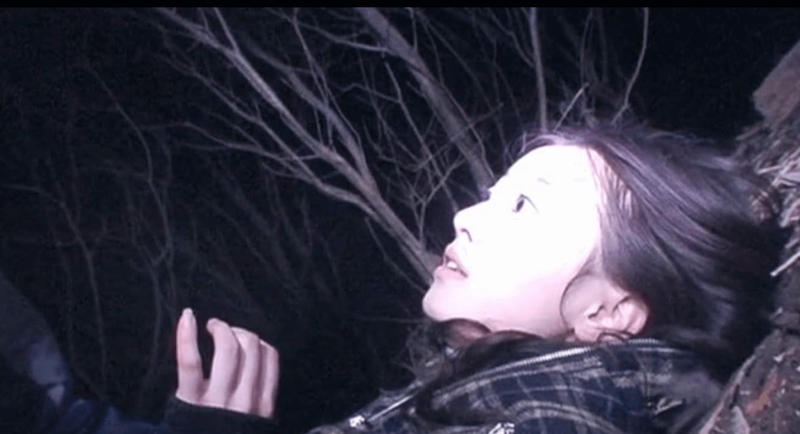
Noroi is a masterclass in found-footage horror—an intricate puzzle of folklore, obsession, and impending doom. Presented as a documentary compiled from lost tapes, it follows Masafumi Kobayashi, a journalist known for investigating paranormal phenomena. When he begins researching a series of strange events—a woman hearing babies cry next door, a child with psychic abilities, a cursed shrine, and a mysterious demonic entity known as Kagutaba—he uncovers a terrifying pattern connecting them all.
As Kobayashi delves deeper, his footage becomes increasingly fragmented and disturbing, blurring the line between investigation and infection. The film unfolds like a slow contagion of fear, its realism so meticulously constructed that it feels less like fiction and more like evidence.
Noroi stands out for its quiet dread and narrative patience; there are no jump scares or CGI phantoms—only a deep, suffocating sense that something ancient and inescapable is drawing near. By its haunting finale, the viewer realizes the curse hasn’t just consumed its victims—it has seeped into the film itself.
Why it terrifies: Because it feels real. The horror unfolds with the meticulousness of journalism, until the camera becomes complicit in the haunting.
5. The Wailing (South Korea, 2016)
Director: Na Hong-jin
The look: Ritual earth tones and candlelight chaos.
Part exorcism, part detective epic, The Wailing unfolds like an ancient curse. It’s spiritual horror rooted in landscape, mythology, and moral panic. Set in a remote rural village, the story follows Jong-goo, a bumbling police officer investigating a string of gruesome murders and mysterious illnesses that have plunged the community into chaos. The villagers suspect a reclusive Japanese stranger living in the nearby woods, whom they believe has brought a demonic curse upon them. As Jong-goo digs deeper, the line between superstition and reality begins to blur—exorcisms fail, faith falters, and evil seems to wear many faces.
Related story: REVIEW: ‘Good Boy’ gives horror a new leash on life
Related story: 5 iconic horror scenes to scare you sleepless on Halloween
When Jong-goo’s young daughter becomes possessed, the investigation turns personal, forcing him into a desperate battle between belief and doubt. Haunting, ambiguous, and visually stunning, The Wailing explores the nature of evil and the limits of understanding. It’s a film where every answer breeds new uncertainty—and where salvation might be just another illusion.
Why it terrifies: It doesn’t give you answers—only questions that fester.
4. Audition (Japan, 1999)
Director: Takashi Miike
The look: Minimalist menace.
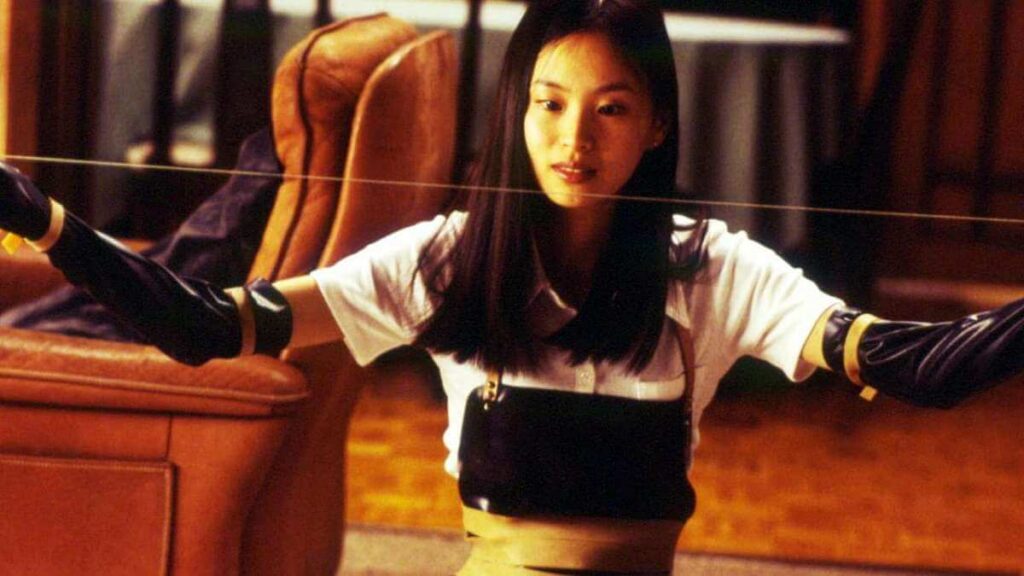
What begins as a love story ends in surgical horror. Miike’s tonal precision—calm first act, operatic cruelty later—is haute horror at its finest. It begins like a tender romance and ends as one of the most shocking horror films ever made.
After seven years of widowhood, a lonely film producer named Shigeharu Aoyama decides to look for love again. Persuaded by a friend, he stages a fake movie audition to meet potential partners—an ethically dubious plan that seems harmless until he meets Asami Yamazaki, a quiet, graceful young woman with a haunting air of fragility.
Enchanted by her calm demeanor and tragic backstory, Aoyama believes he’s found the perfect woman. But as he gets closer, Asami’s carefully constructed façade begins to crack, revealing something deeply damaged—and violently vengeful. What follows is a slow descent from melancholy drama to psychological horror, culminating in one of cinema’s most disturbing finales. Audition lures viewers with emotional sincerity before turning its tenderness into torture, exposing the dark undercurrents of desire, power, and projection.
Why it terrifies: Because you never see it coming—and when it arrives, it’s too late.
3. A Tale of Two Sisters (South Korea, 2003)
Director: Kim Jee-woon
The look: Gothic opulence in pastel.
This is horror couture: lace curtains, porcelain teacups, and rot beneath the roses. A film about memory and madness, A Tale of Two Sisters is both emotionally devastating and visually immaculate. The story follows Su-mi and Su-yeon, two sisters returning home after Su-mi’s stay in a mental institution. They are reunited with their cold, domineering stepmother, Eun-joo, and their emotionally distant father. Soon after their return, strange and terrifying events begin to unfold inside their secluded country house—whispers in the halls, ghostly apparitions, and unexplainable acts of violence.
As tensions rise between the sisters and Eun-joo, the film slowly peels back layers of illusion to reveal a shattering truth: much of what we see is filtered through Su-mi’s fragile, grief-stricken mind. The haunting presence in the house turns out to be less about supernatural revenge and more about trauma, denial, and guilt. Elegantly shot and emotionally devastating, A Tale of Two Sisters is less a ghost story than a gothic family tragedy—one where memory itself becomes the most terrifying ghost of all.
Why it terrifies: The real ghost isn’t in the house—it’s in the mind.
Related story: REVIEW: ‘The Conjuring: Last Rites’ is a reheated casserole of horror clichés
Related story: 20 movies set in New York that capture its heart
Related story: 10 Christmas movies we love to watch every year—for a dose of nostalgia and Jude Law
2. Ringu (Japan, 1998)
Director: Hideo Nakata
The look: Bleached light, gray blues, static-fuzz minimalism.
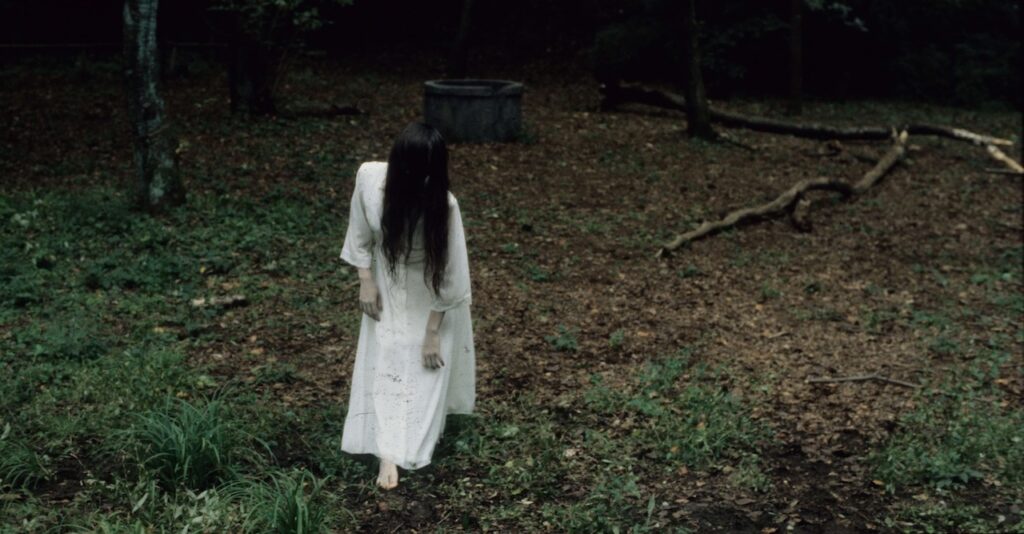
Ringu (1998) is one of the two films that defined Japanese horror for a generation and introduced the world to one of its most chilling icons: Sadako. The story follows Reiko Asakawa, a Tokyo journalist investigating a mysterious urban legend—a cursed videotape that causes anyone who watches it to die seven days later. When her teenage niece dies suddenly under strange circumstances, Reiko’s curiosity turns personal. She tracks down the tape, watches it herself, and receives a phone call that simply whispers the words: “seven days.”
With time running out, Reiko enlists her ex-husband Ryuji to uncover the tape’s origins. Their search leads them to an isolated island and the story of Sadako Yamamura, a psychic girl whose death left behind a lingering curse born from rage and sorrow. As the seventh day approaches, Reiko realizes the curse can only be escaped through a horrifying act of propagation—passing the suffering onward.
Ringu is a masterclass in atmospheric horror: quiet, patient, and psychologically suffocating. Its final image—Sadako crawling out of a television screen—is not just a scare, but a symbol of modern dread: the inescapable merging of technology, trauma, and fear. The tape that started it all. Before Sadako’s long-haired vengeance crawled from television screens into nightmares, Ringuwas a whisper of doom—its analog textures, eerie silences, and elegant pacing made dread feel inevitable.
Why it terrifies: Because it’s not about a monster chasing you—it’s about an idea that infects you, an image that, once seen, cannot be unseen.
1. Ju-On: The Grudge (Japan, 2002)
Director: Takashi Shimizu
The look: Broken domesticity. White walls, empty doorframes, and that inescapable creak.
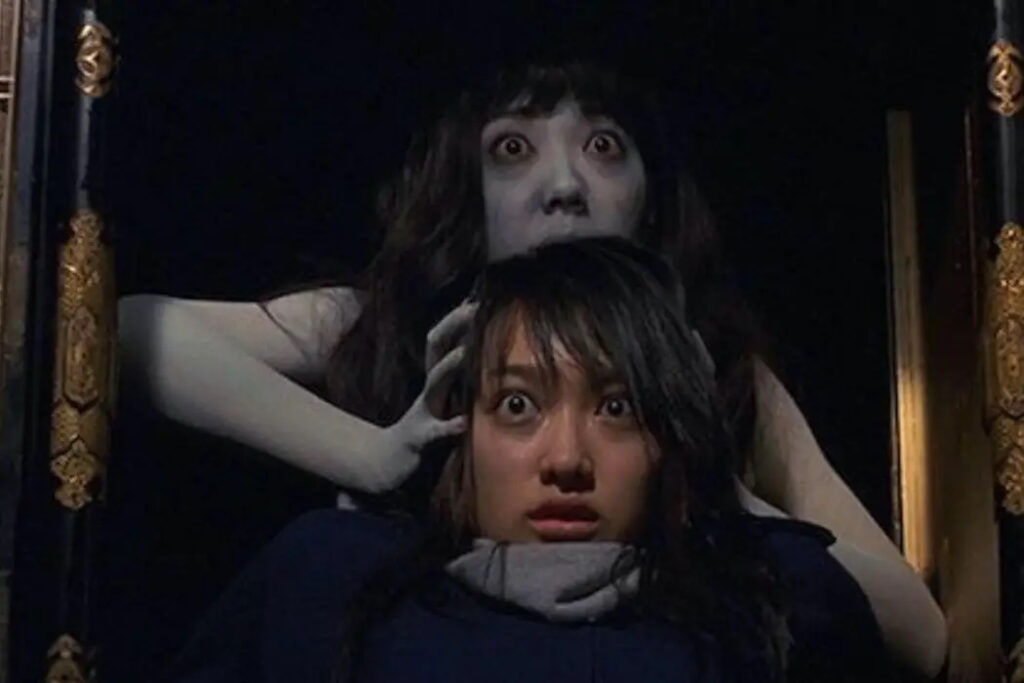
Ju-on is a cornerstone of Japanese horror—a fragmented, nonlinear tale about a curse born from rage that infects everyone it touches. The film centers on a seemingly ordinary Tokyo house where an unimaginable tragedy once occurred. Years earlier, a man brutally murdered his wife Kayako, their young son Toshio, and even the family cat in a jealous rage. That violent act leaves behind a ju-on—a curse so potent that it contaminates the very walls of the home, dooming anyone who enters to suffer the same fate.
Told through intertwining vignettes, Ju-on follows a social worker, a detective, a group of schoolgirls, and various unsuspecting residents who come into contact with the cursed house. Each encounter unravels in a chilling loop, where time fractures and the dead seep into the world of the living.
Kayako’s ghost, with her contorted movements and signature death rattle, and Toshio’s eerie presence become enduring images of terror—manifestations of violence that cannot be silenced or forgotten. Unlike conventional horror, Ju-on offers no closure, no escape, and no redemption. The curse is eternal, spreading like an infection—an unsettling reminder that evil, once born, cannot die.
Why it terrifies: The curse here isn’t personal—it’s structural. You can’t reason with it, can’t escape it. The very walls remember.
The quiet persistence of fear
Asian horror endures because it understands something essential about human terror—it isn’t loud, it lingers. These stories are not about monsters that jump from the dark; they’re about the ghosts we invite in, the griefs we never bury, and the faiths we dare not question.
From Sadako’s relentless crawl through static to the maternal whispers of Satan’s Slaves and the ritual doom of Incantation, each film leaves behind more than screams—they leave stains of memory. The horror in these worlds does not vanish when daylight comes; it hides beneath the ordinary, waiting for silence to fall again.
What unites them all is a cultural understanding that fear is cyclical. The dead are never truly gone, the cursed never entirely cured, and the living never fully innocent. In Asia’s cinematic language of dread, ghosts are not just reminders of death—they’re reflections of the living’s unfinished business: guilt, love, regret, and the weight of history itself.
As the credits fade, we realize the real terror isn’t on the screen. It’s the thought that maybe, just maybe, something followed us home.
Because in Asian horror, the story never really ends—it simply waits.

